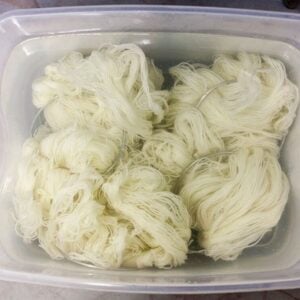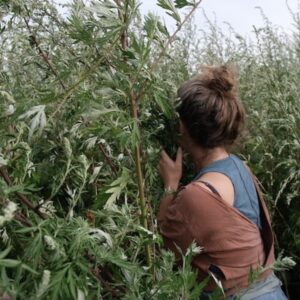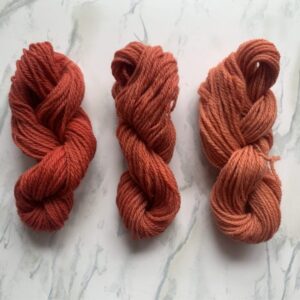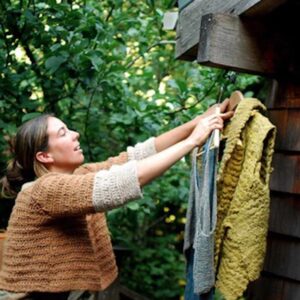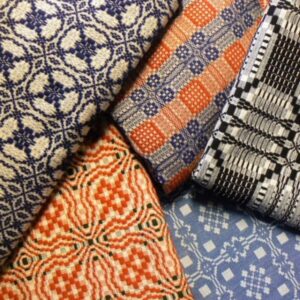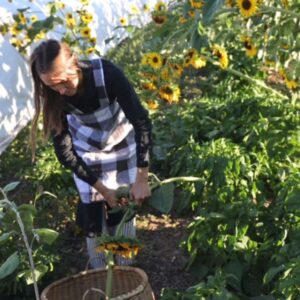You Asked, Kathy Answered: What’s The Indigo Setup?
We get lots of emails from customers about challenges with dyeing and needing Botanical Colors’ President Kathy Hattori’s help. Why not share the learning so we can all benefit? From our inboxes to you, it’s simple: You Asked, Kathy Answered. Email questions@botanicalcolors with your plea for help! YOU ASKED: I’m trying to set up my indigo vat finally (I purchased materials from your store months back). My only confusion is whether or not I need to purchase a stainless pot to do the initial 180-190 degree temperature rise? I don’t have one, and have a 5 gallon bucket I was … Read more


